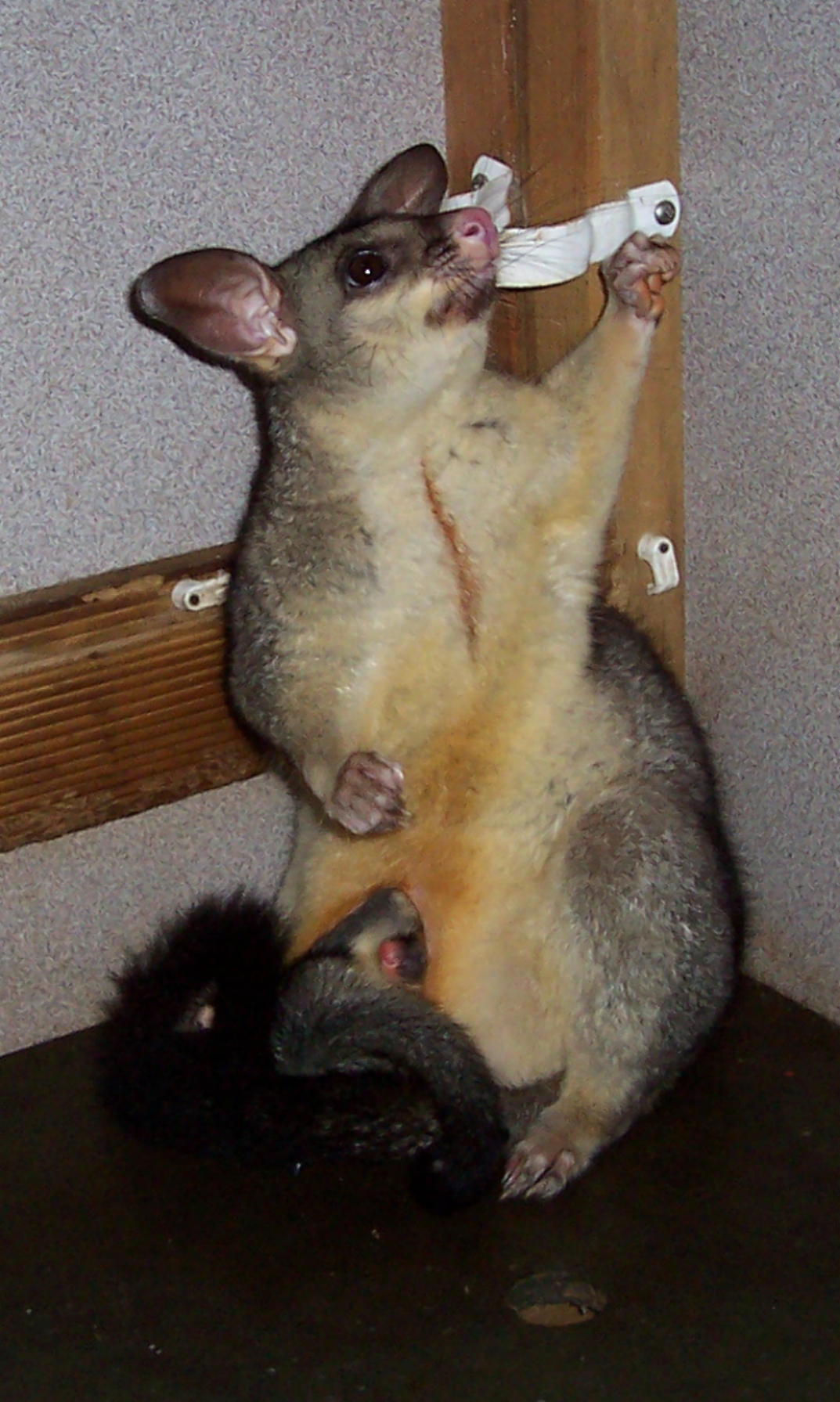Azuki bean is the second most important legume in Japan after soybean. The presumed wild ancestor of cultivated azuki bean is V. angularis var. nipponensis (Yamaguchi 1992). This wild species is distributed across a wide area from Japan, the Korean peninsula, and China to Nepal and Bhutan (Tomooka et al. 2002).

Recent Studies by Xu et al. (2008) could demonstrate that the origin of azuki bean domestication lies in central or western Japan due to the fact that the highest level of gene diversity belongs to the Japanese variety of azuki beans. The level of genetic differentiation is proportional to the length of bean cultivation, therefore, the higher the genetic distinctivness, the longer its history of cultivation/domestication.. Xu's genetic data could be confirmed by early finds of azuki beans in Initial Jomon sites (Tomooka 2007 and Yoshizaki 2003).
Awazu, a shell midden site near Lake Biwa, delivers the oldest evidence of carbonized cultivated azuki beans, dated to 6000 BP (Initial Jomon). The Initial Jomon period is characterized by the increasing dependence on plant and marine resources. Plant processing tools like grinding stones and mortars are frequent, as is the earliest occurence of weevils as early as 9000 BP (Obata et al. 2010).
The first evidence of azuki beans in Korea is not earlier than 5000 - 3000 BP (Nam River Site and Daundong Site, South Korea, cp. Crawford and Lee 2003). In China cultivated azuki beans do not appear before the Late Neolithic (Liangchengzhen, 4000 BP).
Tomooka compiled a map with sites at which archaeological remains of azuki bean have been found on google maps.
Now that we have seen that azuki beans are of utmost archaeological importance we can go over to actually make use of them. I don't know how Jomon people prepared azuki beans, but I made a salad from cooked azuki beans and quinoa and I am sending this to MLLA 33 (My Legume Love Affair) which this month is hosted by
Ammalu's Kitchen.
My Legume Love Affair is a monthly cooking event celebrating legumes created by Susan from the
Well-Seasoned-Cook.
Before we get to the salad, a short story about a little monster which sits near the river and washes azuki beans.
While it washes the beans -which, as the beans are moved around in a bowl of water, makes a sound like 'shoki shoki'- the little monster sings his song:
小豆とごうか、人取って食おうか ショキ、ショキ
Shall I rinse red beans or catch a human and eat it *shoki shoki*?
However, it can also be a helpful little monster, bringing his washed azuki beans to poor farmsteads who can't afford to buy them for their wedding rice (the red azuki beans colour the rice red which is a symbol for good luck). Therefore I called this salad recipe 'Shoki-shoki Salad'.
Shoki-shoki Azuki Bean Salad
Ingredients:
1 cup cooked quinoa
1 1/2 cups cooked azuki beans
1/2 cup radish sprouts
1 courgette (zucchini), julienned
1 carrot, julienned
1 small red onion, cut in half and then sliced
1/2 cup raw (!) sauerkraut
oil for cooking
Dressing:
3 tabelspoons olive oil
1 tablespoon white wine vinegar
2 tablespoons ume su (plum vinegar)
salt and pepper to taste
What to do:
Julienne the courgette and carrot, pull apart the sauerkraut and if necessary cut it with scissors. Half the onion lengthwise and then cut into slices. Heat the oil in a pan and add the carrots and sauerkraut. Stew a couple of minutes until carrots are tender but are still firm to the bite. Mix all the ingredients for the salad in a bowl (no need to let the carrot mixture cool down, this salad is delicious when luke warm).
In a bowl, mix the ingredients for the dressing (careful with the vinegar and salt, it depends very much on the sauerkraut which can be quite salty and/or sour). Spoon the dressing over the salad and gently mix.
Enjoy!








































